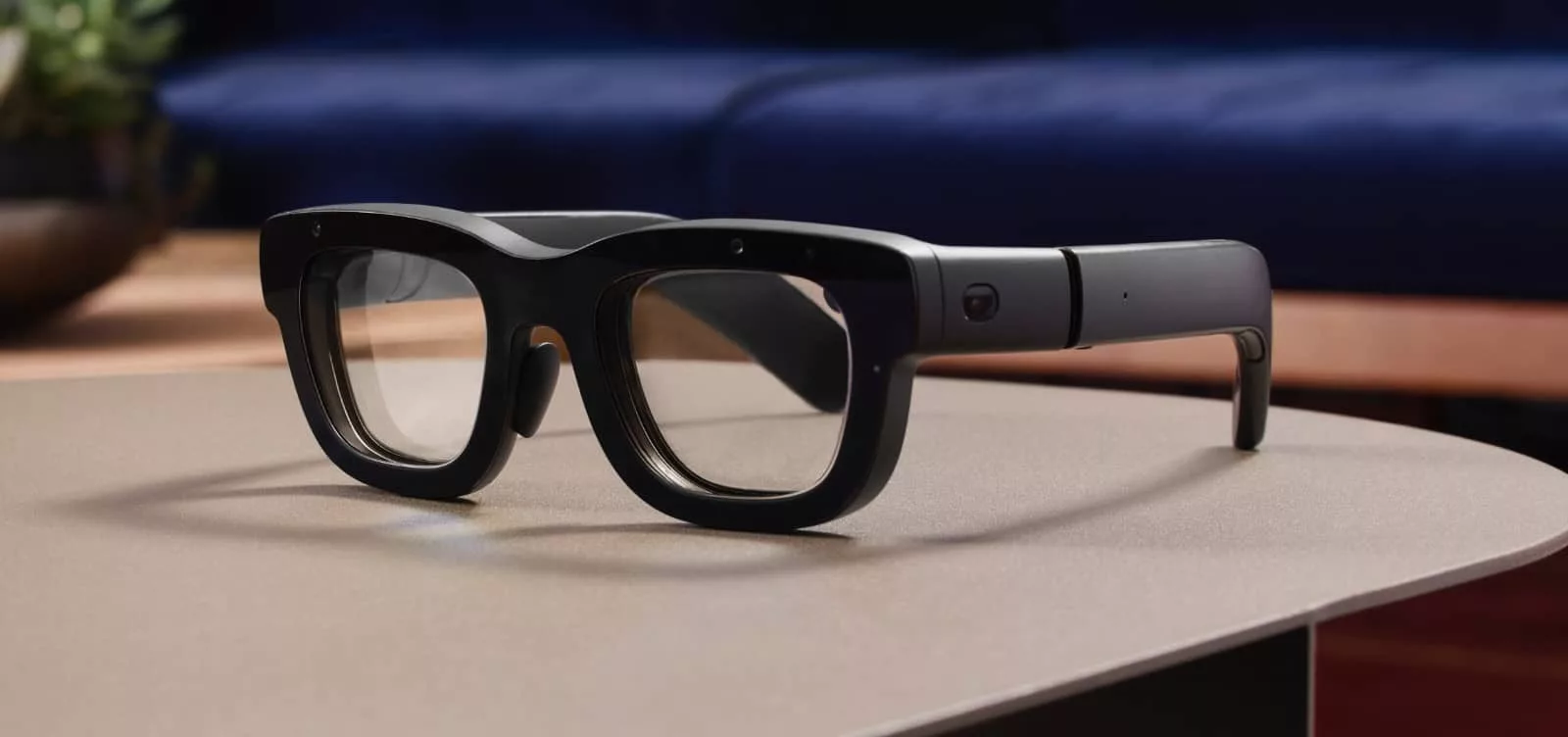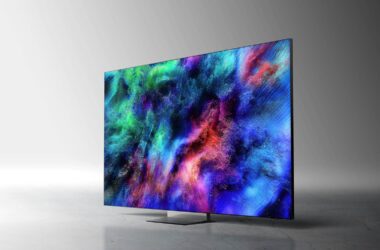Virtual worlds and computer-assisted vision is coming to more eyes, as Facebook’s owner Meta shows off new tech.
The future of entertainment could we be found at the end of your nose, and the same could be true for computers, at least based on what Meta is showing off this week.
Facebook’s owner has been working on more than just more AI for its social network and a teenage account mode for Instagram, with evolutions on various “realities” on the cards for Meta.
At its Meta Connect 2024 event, the company unveiled its next virtual reality headset, the Quest 3S, as well as a pair of augmented reality glasses it has been working on.
The former is likely to be the most accessible, with the Quest 3S essentially being a more consumer-focused take on virtual reality, and one that will come with a more economical price tag.
As it is, VR is very much still futuristic technology that carries a hefty price tag. Whether you spend several hundred on one of the Oculus-based previous Meta Quest models, a couple of thousand on an HTC Vive, or nearly $6K on the Apple Vision Pro, virtual reality headsets are definitely what anyone would call “cheap”.
But with the Quest 3S, Meta at least plans to get the technology within spitting distance of the idea.
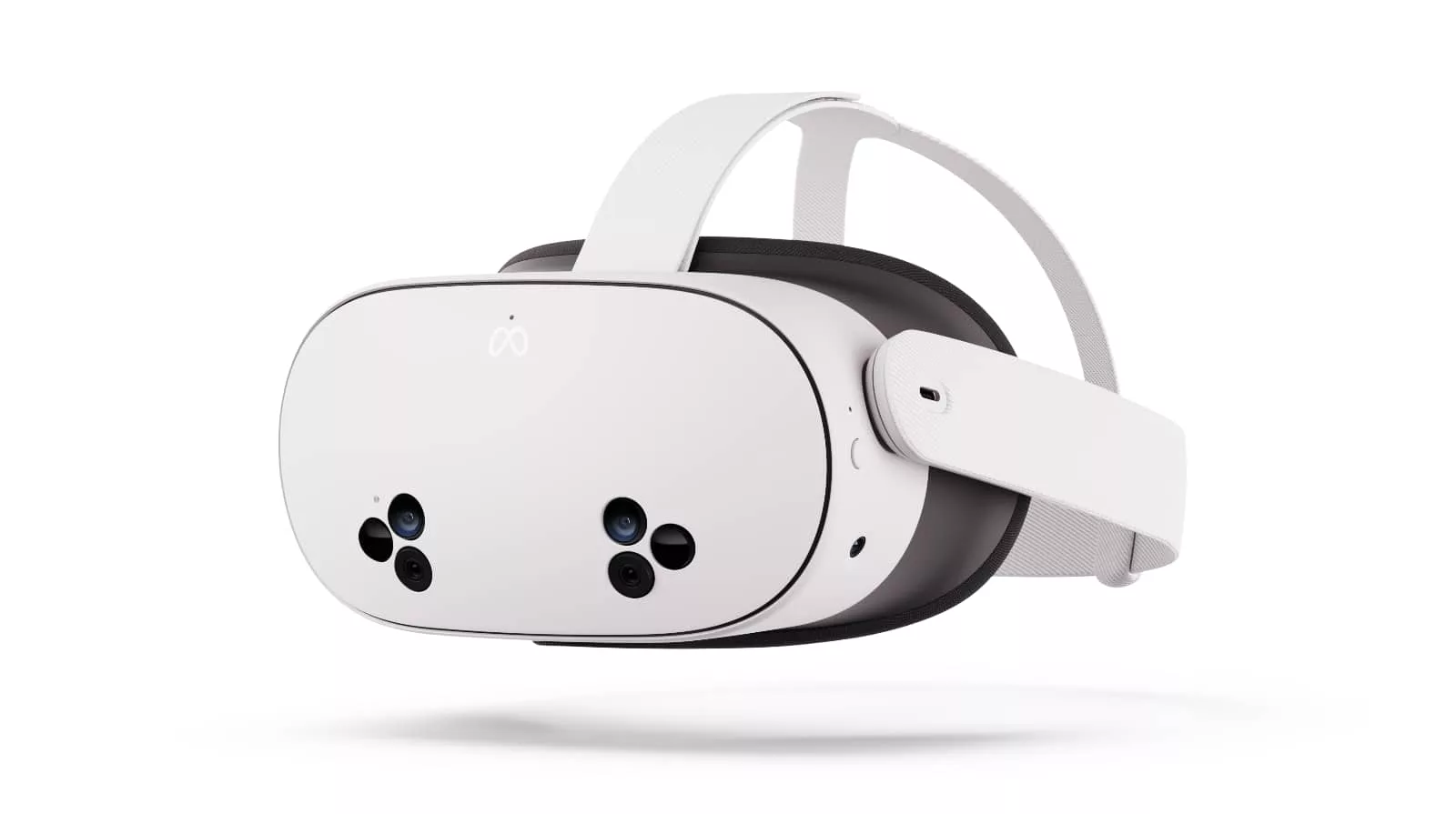
Priced from $499.99 in Australia, the model will start with 128GB storage while offering a 256GB model for a little more, changing a little more than just the storage options.
The camera configuration on the headset is a little different, but like its Quest 3 sibling, the Quest 3S has the ability to track your hands as well a touch controllers you might be using. It’ll run on the same Qualcomm Snapdragon XR Gen 2 chip, with the main differences being resolution: the Quest 3 uses a 4K display, while the Quest 3S snaps that back to an 1832×1920 system, exactly what the Quest 2 had before it, all while being slimmer than that model.
The Quest 3S also gets a little more battery life likely thanks to the lower resolution, achieving closer to 2.5 hours of use compared to with the 2.2 of the more expensive Quest 3.
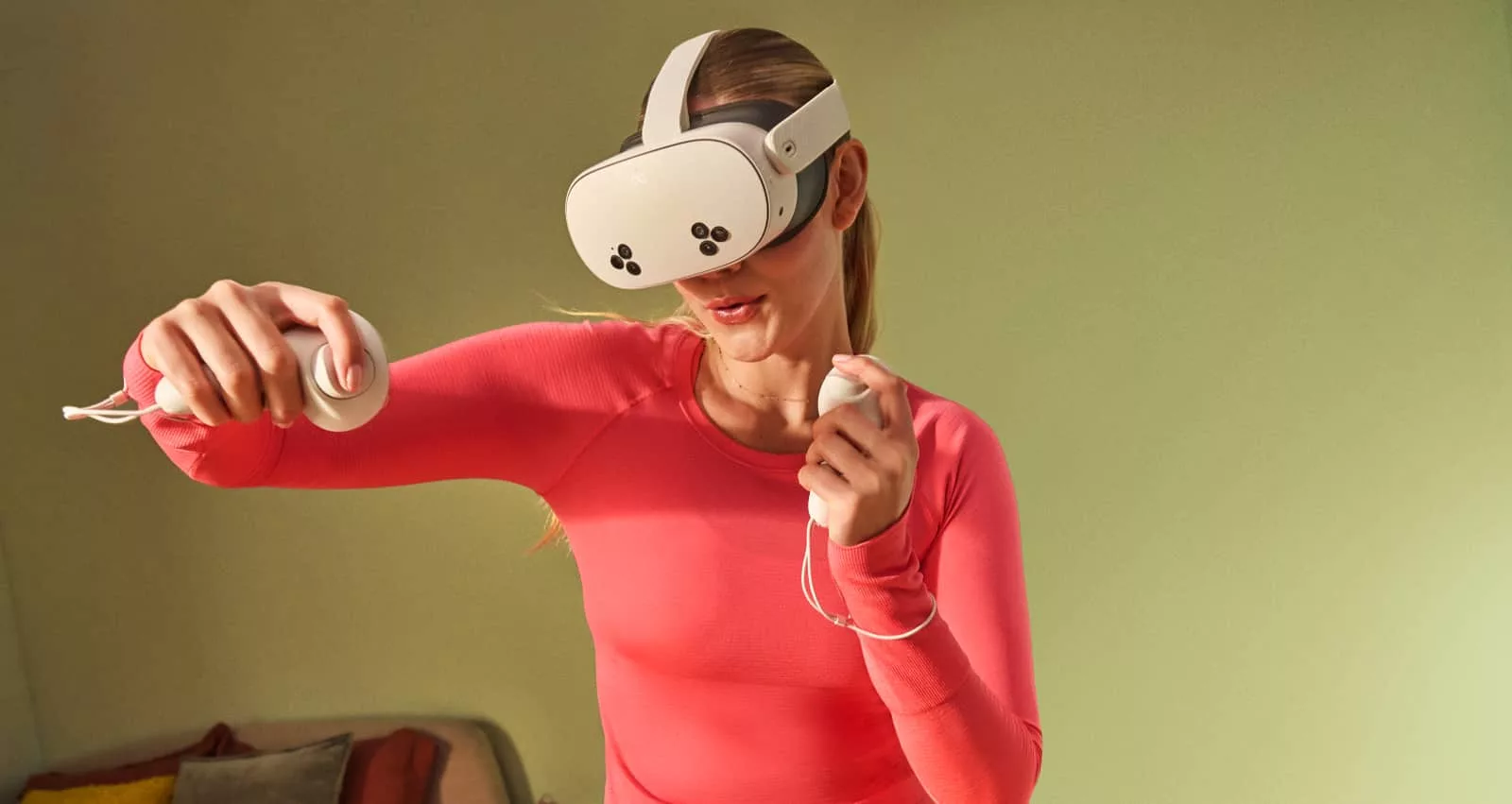
The price is likely that big draw card, however, with the $499.99 Quest 3S tag easily more appealing than the $799 of the 128GB Quest 3. That’s a serious difference, particularly for people just keen to experiment in VR.
Experiments in AR are also happening at Meta, as the company talks up “Orion”, a pair of augmented reality glasses in prototype stage that bring together computing and visuals very much like looking at holograms into a standard pair of glasses.
The technology is very much a prototype, but manages to take Meta’s Ray-Ban smart glasses concept and evolve it, blending the glasses with a holographic display to show more than just what’s in front of you, passing screens into your vision.
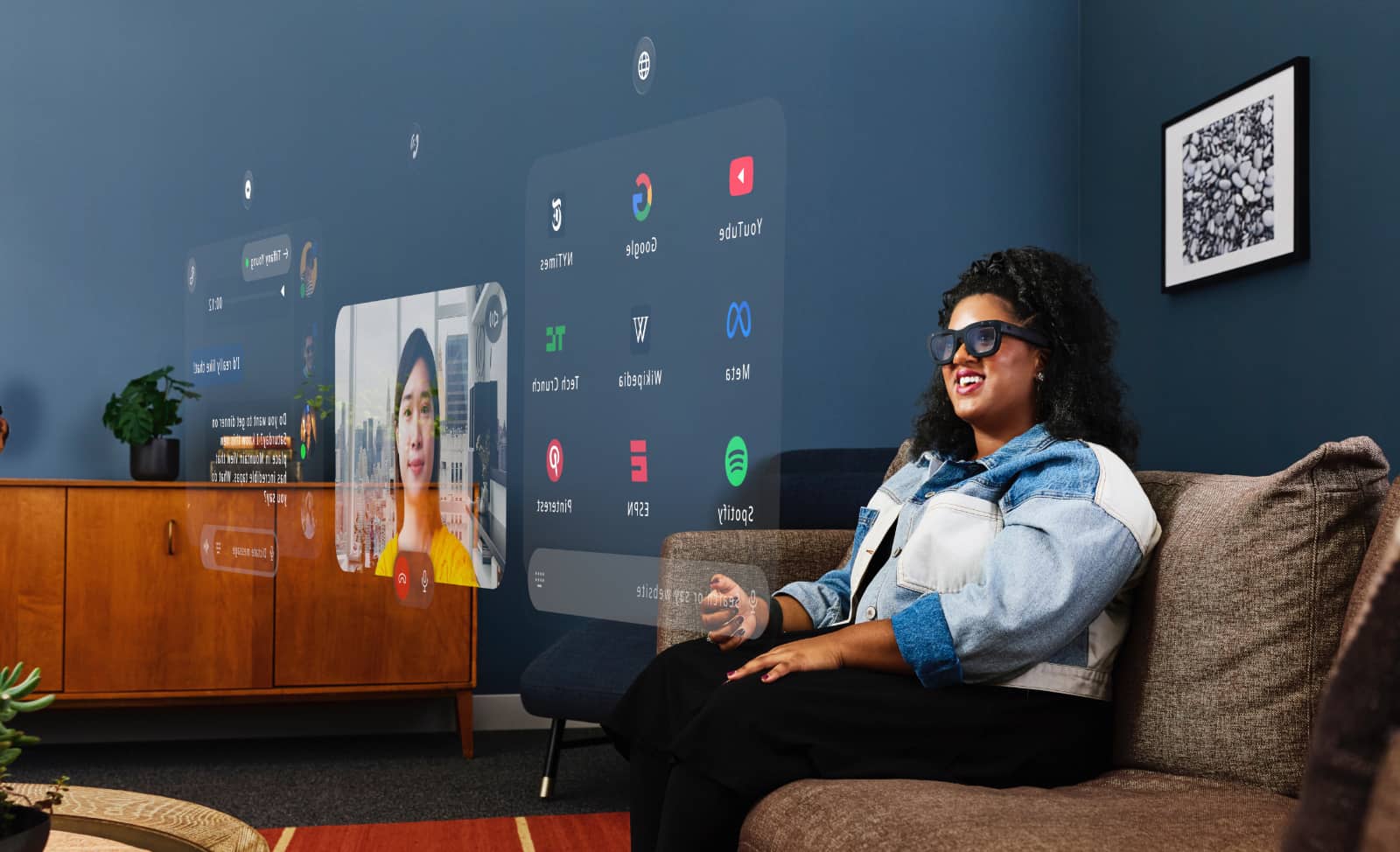
To make this happen, Meta has miniaturised a lot of technology to make a computer in a pair of glasses where the lenses are screens. You’ll be able to view videos, browse social, and even connect for calls and messages on WhatsApp and Facebook Messenger, all in a pair of glasses.
Orion won’t likely be made available in its current form, however. This is more a prototype and a research prototype at that. However, it is allowing Meta’s team focus on what a consumer device would look like later on down the track.
For the moment, Orion isn’t a consumer gadget. However, Meta’s current Ray-Ban glasses will see AI updates, with the glasses retailing locally from $429 and the new features coming to Australia soon.
Meanwhile, the Quest 3S is slated to hit Australia October 15.



